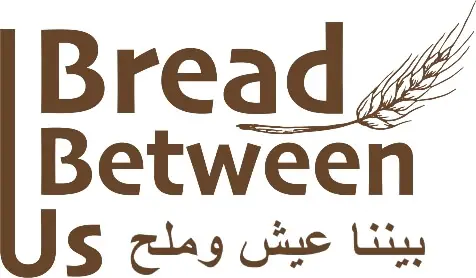| The scent of Eid in Jazan is a blend of incense, perfume, and the warm aroma of freshly baked yeast bread, a staple deeply woven into the region’s culture and traditions. No Jazani table, regardless of its variety, is complete without at least one golden loaf of this beloved bread, perfectly suited to accompany their diverse dishes. It is prepared from white or red corn flour (known locally as *za’ar*), the dough is kneaded with water and a pinch of salt. Some recipes include onions, garlic, fenugreek, or spices, while others add pepper and tomatoes for extra flavor. A portion of previously fermented dough is added to encourage fermentation, and the dough is then left covered and set in the sun for a full day. The fermented dough is shaped into thick, rectangular loaves called *aish*, each referred to as an “ember,” and baked in a traditional *mifa* (a large vase-shaped oven, usually made of clay). When the loaves emerge, golden and hot, they are ready to be enjoyed—a true reflection of Jazan’s rich culinary heritage. Khameer is prepared on Eid mornings in Jazan, coming out fresh and hot from the mifa directly to the breakfast table where families gather and exchange their best wishes. Khameer bread is eaten with all side dishes, and different dishes are made from it, such as Khameer Haisiya, which is sprinkled with broth and meat. Khameer has been known in the region since ancient times, and Philby mentioned it in his book during his visit to the region, saying: “I had to prevent the greedy eating of the hot bread, which is their main food, and which they prepare in two types, sweet and sour.” Khameer is what he meant by sour bread. |
